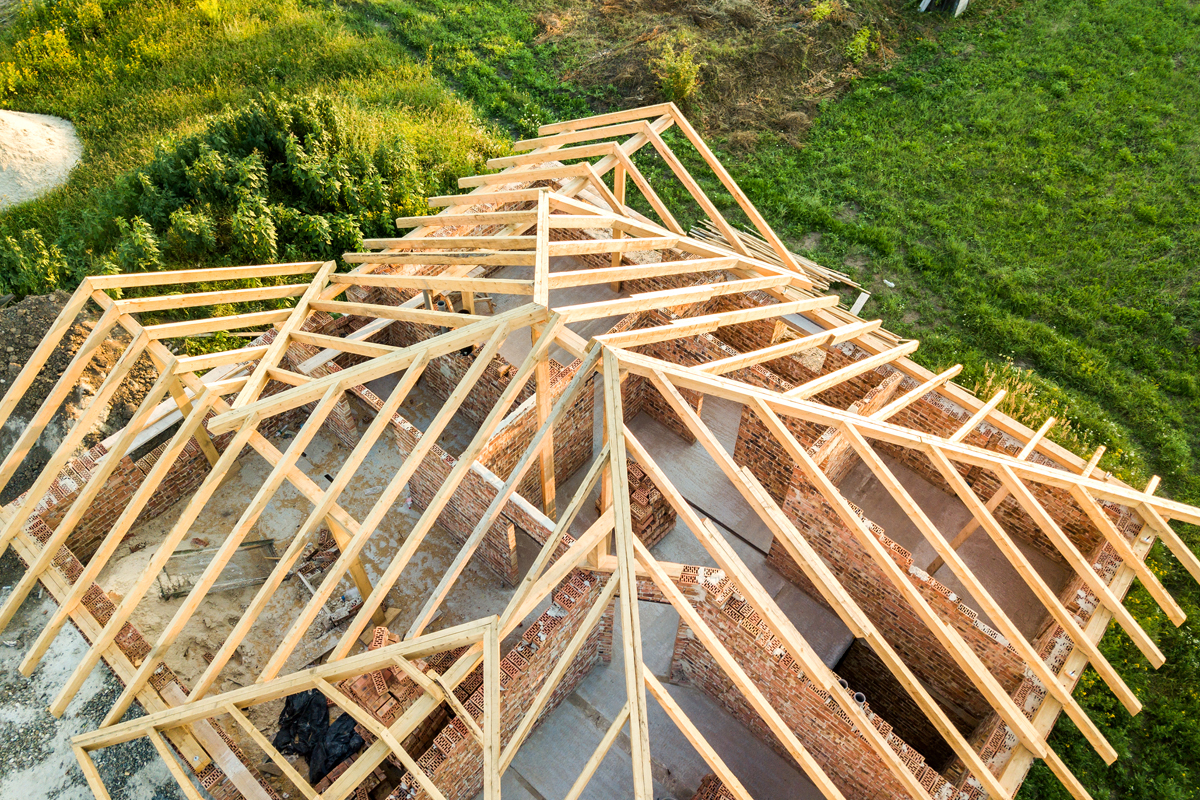While roofing systems are essential pieces of a home or business, few people truly understand all the components of a roof. Use this guide to better understand the anatomy of a roof.
A Detailed Look At The Anatomy Of A Roof
A pitched roof is a type of roofing system that is characterized by its steep slope or angle. Unlike flat roofs that have minimal to no slope at all, pitched roofs will feature a noticeable incline. This incline is located by the roof’s rafters, which will rise at an angle from the building walls to meet the ridge right at the peak of the roof.
Pitched roofs are commonly installed due to their longevity and durability. These are some of the most common residential roofing systems across the country today.
Roof Shapes
The experienced team at Roof Pros Dallas can handle roofing projects of any shape, including:
- Flat roofs.
- Pitched roofs.
- Hip roofs.
- Slant roofs.
- Couple roofs.
- King post roofs.
- Gable roofs.
- Purlin roofs.
- And more!
Parts Of A Roof
Let’s take a quick look at all the parts of a roofing system below.
Shingles
Shingles can be constructed of many different materials. They will form the outer protection of the roof from all the harsh weather elements. They are also designed to bring character to the dwelling.
Flashing
Flashing can be either flexible or rigid, constructed of aluminum, plastic, or steel. It is designed to stop water from flowing near the roof openings. Flashing is typically found in the base and valleys of roof vents and chimneys.
Roof Vents
Roof vents are enclosed and constructed of metal or plastic. They will feature fins and openings to ensure the attic is properly ventilated. The best vents will be open on all four sides and rise above the roof level, ultimately producing a suction effect. There also must be an air inlet featured at the roof’s base. Generally made with perforated aluminum, this will close off the lower side of the eaves.
Drip Edge
The drip edge is the moulding that covers the roof edge and defends against the constant risk from water.
Deflector
Either made of Styrofoam or cardboard, this insert is placed between two roof rafters. This allows for the free flow of air over the insulation near the soffits. There will need to a be a minimum of two inches of space under the decking.
Plumbing Vent
The plumbing vent is a pipe that allows air inside the plumbing system. This ultimately allows wastewater to flow to the septic system or sewer.
Underlay
The protective underlay membrane will go under some or all the asphalt shingles to prevent water infiltration that is the result of some “ice dams” during the winter.
Roof Edge
The roof edge is categorized as all the boards running along the edge of the eaves or the roof. It is also referred to as a fascia.
Valley
The “V-cut” angle along the junction of the two slopes on a roof is called the valley.
Decking
Typically made from 1/2-inch plywood, the decking (also known as sheathing) will close and reinforce the roof structure. This area also provides a nailbed for the shingles.
Ridge
The ridge is simply the horizontal line atop the roof.
Saddle
The saddle is a structure that is located behind the higher side of the chimney. Its job is to divert rainwater around it.
Attic
The attic is the space under your roof. It needs to be ventilated in order to protect the roof against excess heat and sunlight in the warmer months.

Residential & Commercial Roofing Services By Roof Pros Dallas, Inc.
If you are searching for commercial or residential roofing services in Addison, Arlington, Dallas, Fort Worth, Garland, Mesquite, or Plano, TX, Roof Pros Dallas, Inc. is here for you! You can trust the reliable repair service and high-quality materials we use for each and every project. From a small roofing repair to a complete replacement, the team at Roof Pros Dallas, Inc has you covered! Contact our experienced team today!







